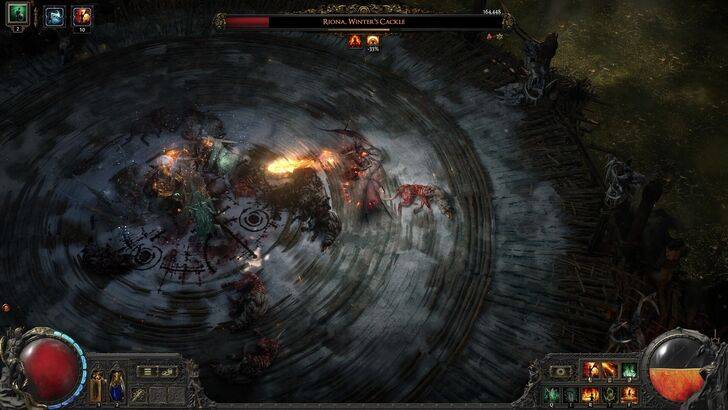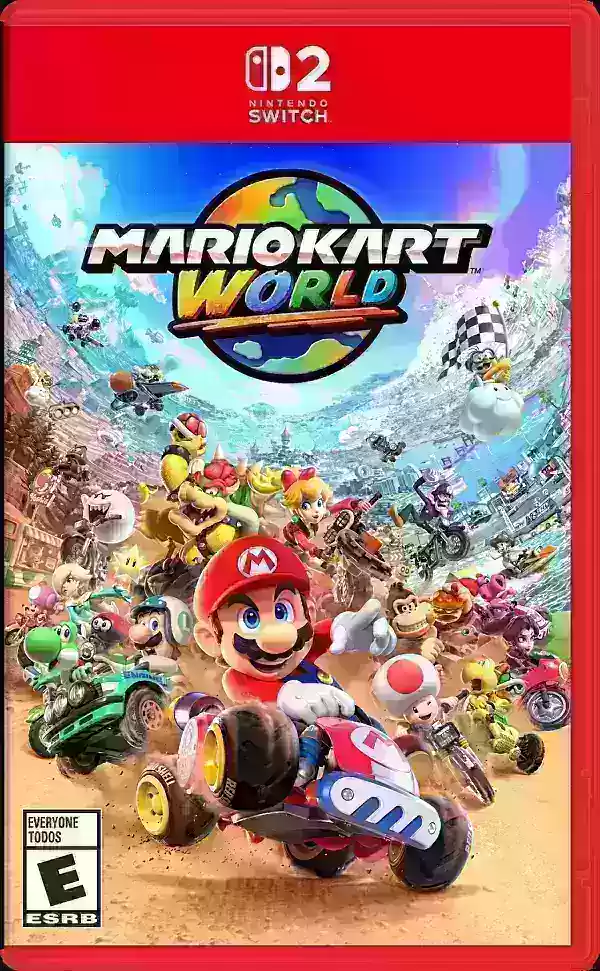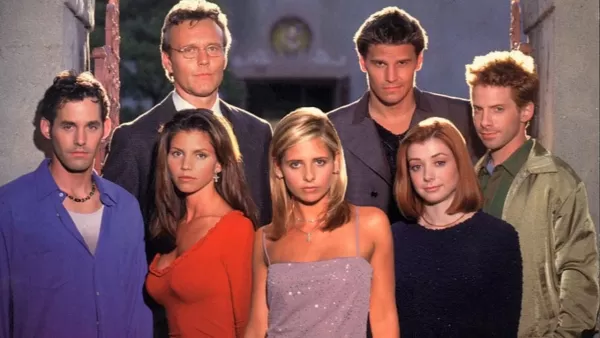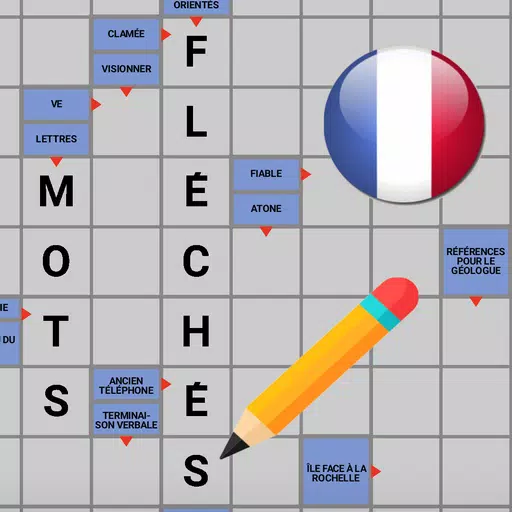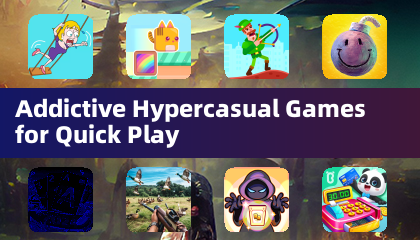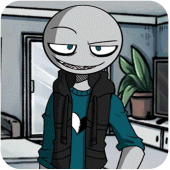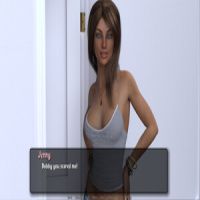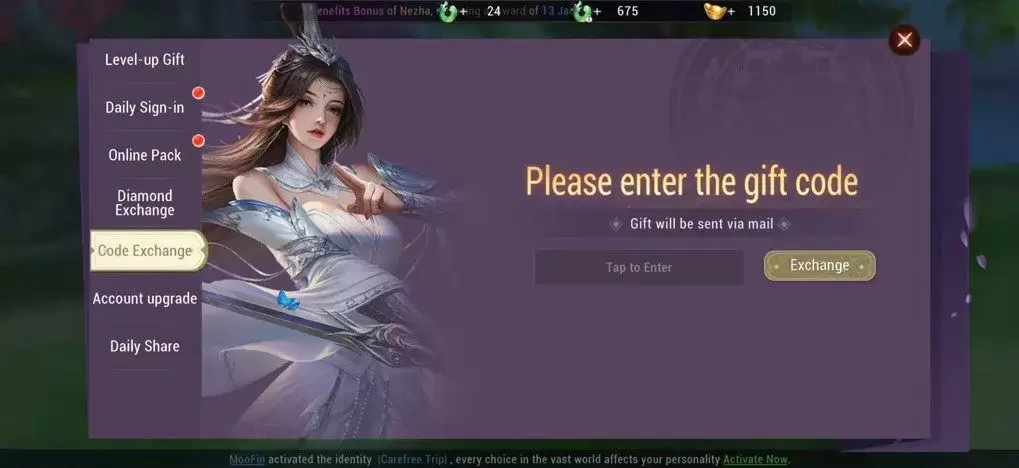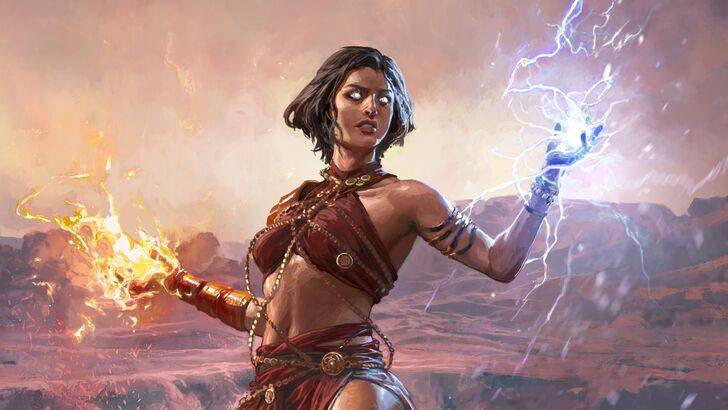
Path of Exile 2’s game director, Jonathan Rogers, has clarified that new character classes will no longer be the central focus of future major updates. Instead, the development team is shifting toward a more sustainable and player-friendly update cycle. Dive into the reasoning behind this strategic pivot and what it means for the future of the game.
New Classes Won’t Anchor Every Patch
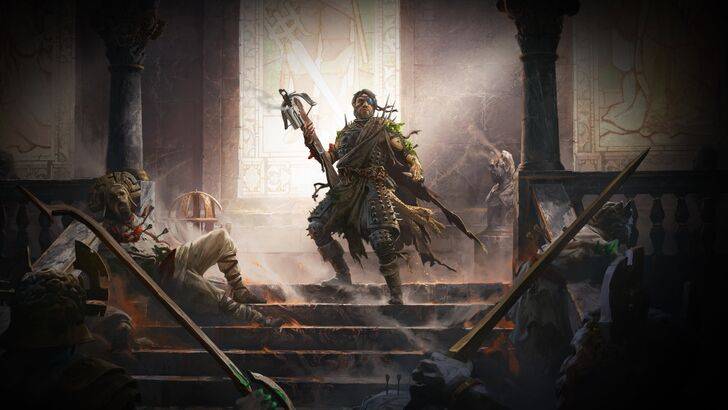
During a recent Q&A, Rogers addressed player expectations around class releases, confirming that upcoming patches will not necessarily include a new class. While the team initially aimed to introduce a new class with each major update, they’ve since realized this approach can disrupt development timelines.
Rogers explained, I would like it if every release would have a class, but we learned that making a class the centerpiece of an expansion was a mistake.
The primary issue arose during the development of Dawn of the Hunt, where the team committed to including the Huntress in the next patch. This fixed requirement caused repeated delays.
We had to have the Huntress in the next patch, so the release date had to float. As a result, the expansion took much longer than planned,
he admitted. This experience taught the team that tying a major feature to a rigid content requirement sacrifices predictability.
Now, the priority is delivering consistent, timely updates. I’d prefer a fixed release date over promising a class and pushing the timeline. So while I’d love to include a class in the next expansion, I can’t guarantee it,
Rogers stated.
Ascendancies to Take Center Stage
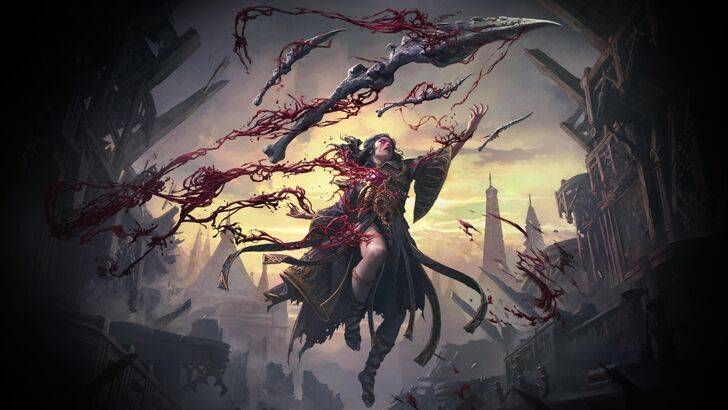
Given the unpredictable nature of class development, players should expect fewer new base classes per patch. However, the team remains committed to expanding character depth through new Ascendancy options.
Rogers emphasized that Ascendancies are more manageable to develop and integrate without derailing schedules. Ascendancies—we can definitely deliver those with every patch. And even after Early Access, we plan to keep adding more classes. I’m still very keen on expanding the roster,
he said.
This shift ensures players receive meaningful content regularly, rather than waiting months for a single major addition. Players want to see forward progress. They don’t want to wait six to nine months for a big update. We need to deliver content in a timely way, and that’s why classes are now less predictable,
Rogers explained.
Dawn of the Hunt: A Stronger, More Challenging Endgame
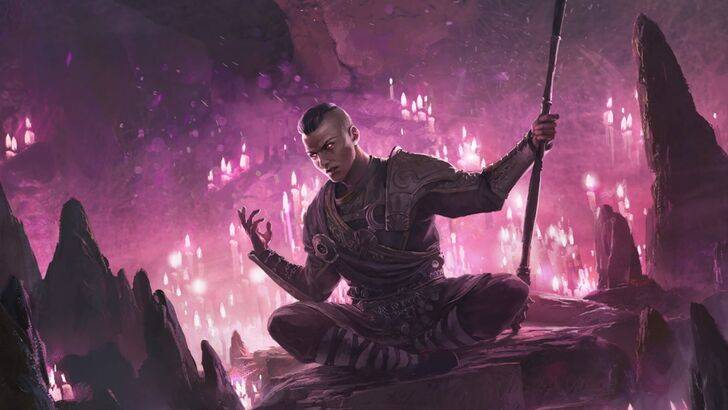
The upcoming Dawn of the Hunt update will introduce over 100 new skills, support gems, and unique gear designed to enhance both midgame and endgame progression. But the real focus is on redefining endgame difficulty.
Rogers acknowledged that certain builds have trivialized endgame content far too quickly. Some mechanics are being completely bypassed because players reach peak power too early. That undermines the sense of progression,
he said. The goal now is to extend the journey to power, ensuring players earn their dominance.
You should be able to reach that point of outrageous power—but not before you’ve climbed the mountain,
Rogers noted. The first time you face a Pinnacle Boss, it should be a grueling, memorable challenge. Only after optimization and gear upgrades should it become a quick victory.
The first kill should be hard and crazy. But after you farm, improve your build, and gear up, sure—take it down in fourteen seconds. Just not on your first try,
he added. This philosophy drives the current balance overhaul.
Embracing the Ruthless Difficulty
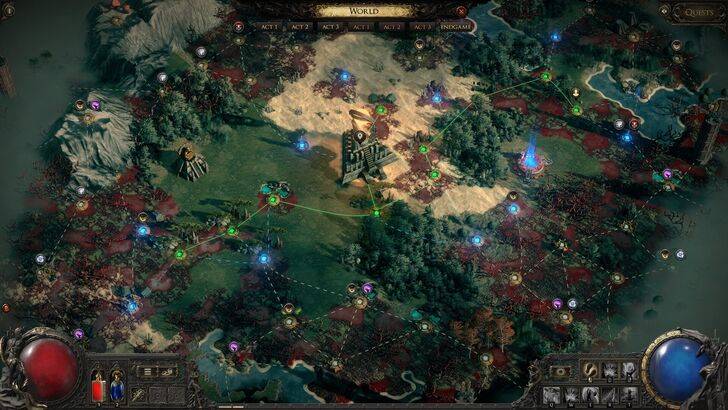
The campaign’s difficulty has sparked mixed reactions, with some players calling it too easy and others finding it brutally challenging. Rogers stands by the current design, believing that perceived difficulty often comes down to player experience.
I’m happy with how the campaign feels. A lot of early feedback came from veterans of the original game who hadn’t fully adapted to PoE2’s mechanics. Once they learn the systems, the experience becomes much smoother,
he said.
He also pointed out a common pattern: players often assume balance changes were made when, in reality, they’ve simply improved their own skill. Many say we must have nerfed the enemies on their second playthrough—but nothing changed. They just got better,
Rogers observed.
While the team remains open to adjustments, Rogers is confident the current difficulty curve will hold. If we do need to tweak things, we’ll have better data. But I believe this time, the complaints will be far fewer,
he concluded.
